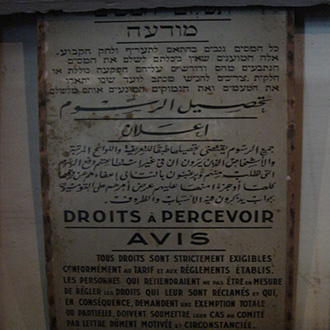Provisions of the Elizabethan Poor Laws
The provisions of the Elizabethan Poor Laws, as well as some of the fundamental values and beliefs underlying it, shape our current welfare state.

Due to a fear that people would move from county to county to receive aid, residency requirements were enacted. These requirements, termed “laws of settlement,” stated that people had reside in the county or parish in which they were seeking aid for typically a period of one year before being eligible. Many welfare programs within the U.S. today still include residency requirements.
The Poor Laws included examples of those groups of people who were deemed deserving or worthy of aid. Typically, the definition of “deserving” is derived from an individual’s inability to work due to reasons perceived to be legitimate.
For example, severely disabled individuals or those who were elderly might be viewed as unable to work and therefore, worthy of aid.
In contrast, the “undeserving” were those individuals who were “able-bodied” and therefore capable of work. The lack of jobs or of jobs that paid a livable wage was often not considered a legitimate justification for aid. The notion of worthy or unworthy still guides much of our policy regarding assistance today.
Under the Elizabethan Poor Laws, local parishes and counties were directed to appoint an overseer to collect property taxes. Through this provision, the funding in support of this policy occurred only at the local level.
Those parishes and counties that had highly valued properties were frequently better able to raise funds, while those with poorly-valued property struggled to raise adequate funds. This provision resulted in vast disparities in aid between parishes/counties.
Under the Elizabethan Poor Laws, local parishes and counties were given discretion to decide how best to administer aid. Frequently, local governing bodies decided to provide indoor aid, meaning that aid was provided in a residential setting. Examples of indoor aid include: almshouses, poorhouses, workhouses, and orphanages. Individuals could only seek aid if they were willing to live in the institution providing aid.
Underpinning this form of aid is a suspicion of those who are poor and a belief that they will take advantage of or mismanage the aid. In contrast, many parishes and counties included some forms of outdoor aid.
Outdoor aid refers to aid given to people in their own homes. In other words, you do not need to reside in an institution to receive aid. Modern examples of outdoor aid include TANF, unemployment insurance, and Medicaid.